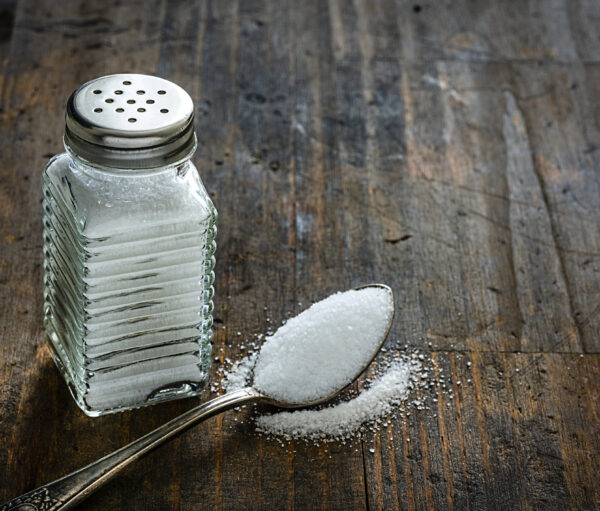5 Ways for Seniors to Reduce Sodium Consumption

As we age, our dietary needs evolve, and managing our sodium intake becomes more important. While our bodies do need the nutrient sodium, too much can cause damage to our internal organs. High sodium consumption is linked to various health issues like high blood pressure, heart disease, and kidney problems, all of which are particularly concerning for older adults. Here are five effective ways for seniors to reduce sodium consumption:
- Understand food labels
One of the first steps in reducing sodium intake is to understand food labels. Many processed and packaged foods contain high levels of sodium, often hidden under terms like “sodium benzoate,” “monosodium glutamate (MSG),” or “baking soda.” The experts estimate that up to 70% of our dietary sodium comes from packaged and processed food, so understanding the labels on those foods is important. Encouraging seniors to read labels and choose products with lower sodium content may help reduce their overall intake. Look for labels that say “low sodium,” “reduced sodium,” or “no salt added.” And pay attention to the serving size. Some serving sizes are misleadingly small to minimize the amount of unhealthy ingredients.
- Choose fresh over processed
Opting for fresh fruits, vegetables, and lean meats over processed foods is a great way to naturally decrease sodium intake. Processed foods, including deli meats, canned soups, frozen dinners, and snack foods, are often high in sodium as a preservative. By focusing on fresh produce and freshly prepared meals, seniors can enjoy a variety of flavors without the added salt. And this doesn’t need to come at the expense of convenience. Many stores offer pre-cut and pre-washed produce that may be more accessible to people with arthritis or other disabilities.
- Use herbs and spices for flavor
Reducing sodium doesn’t mean sacrificing flavor. Use herbs, spices, and other natural flavorings while cooking. Lemon juice, vinegar, garlic, and a wide array of herbs can enhance the taste of food without adding sodium. You may be tempted to use the finest-quality or so-called “healthier” salt, but at the end of the day all salt is salt. Some have different flavors or other minerals, but it still counts as sodium.
- Stay hydrated
Drinking plenty of water helps the body remove excess sodium through urine. Staying well-hydrated is particularly important for older adults, as it supports overall kidney function and helps maintain a balance of bodily fluids. Drink water throughout the day and limit high-sodium beverages like certain sports drinks.
- Cook and dine out wisely
When cooking at home or dining out, there are several strategies to keep sodium in check. At home, try steaming, grilling, or baking food instead of frying. When dining out, request that dishes be prepared without added salt and ask for dressings or sauces on the side.
Reducing sodium intake is a key component of a healthy lifestyle, especially for seniors. By understanding food labels, choosing fresh foods, using herbs and spices, staying hydrated, and making smart cooking and dining choices, older adults can effectively manage their sodium consumption.
This information is not intended to replace that of your healthcare provider.


